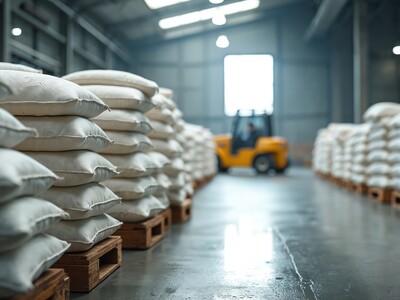US beef to China
U.S. Meat Export Federation’s Senior Vice President for the Asian Pacific, Joel Haggard, says Chinese consumers continue to grow their appetite for U.S. Beef. Covid-zero policies have impacted demand in China, Haggard says, because people cannot travel and must stay at home.“It restricts their mobility. I would say the largest impact has been on restaurants, in these lockdowns, restaurants are often told to shut down, and that takes out that food service component from demand. Now, a lot of that has been made up from retail purchases. You see record beef imports this year into China, so overall demand has been resilient, but we’d love to have everything open.”
Because of the lockdowns, Haggard says food service has gotten creative.
“In terms of eCommerce and delivery, China is one of the most advanced in the world. They got fantastic tech there, they built out the supply chains for E-commerce out beyond the top-tier cities into the fifth-tier cities, so we now have a much larger supply chain network for our products to make it out to even the smaller fourth and fifth tier towns.”
While these lockdowns have hindered the ability of the United States to sell as many pounds of beef as they would like to China, Haggard said there is still a lot of demand out there on a per capita basis in the Chinese population.
“The beef consumption per household is really rising very fast. 20 years ago, beef was kind of a novelty, it was kind of a luxury, but now I think it is starting to be integrated into the daily diet. Ten years ago, people went out to eat beef, now they are cooking it at home. So, I think beef consumption is going to rise. They have limited capabilities to increase production there in China, so imports could really fill more of a prominent role there.”
This spike in at-home beef consumption, Haggard says, can be credited to a few factors, such as familiarization with how to cook beef and multiple E-Commerce channels.

















